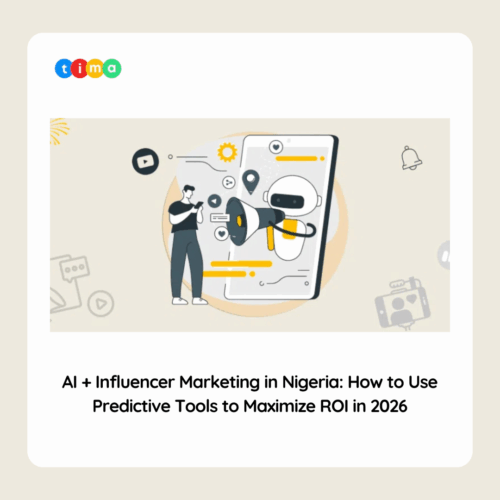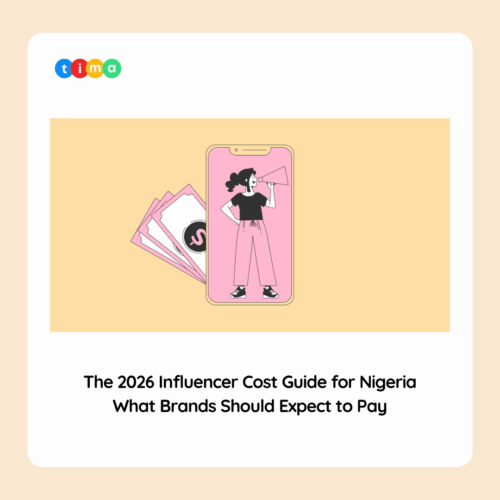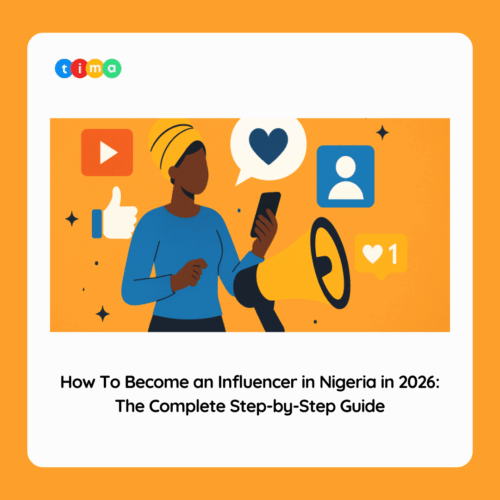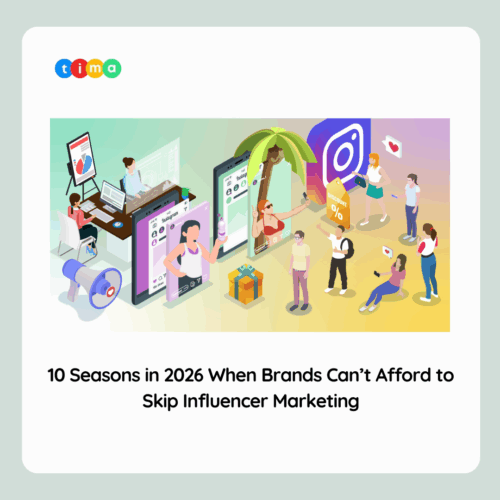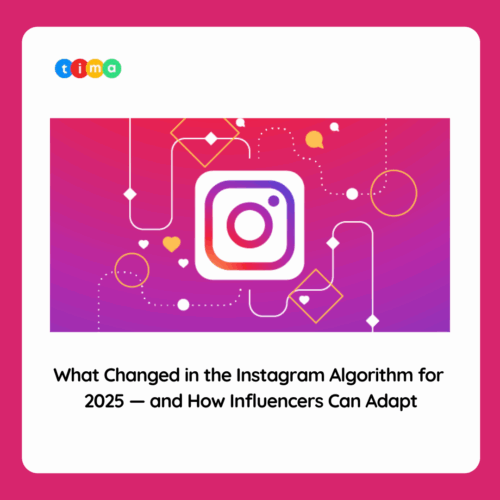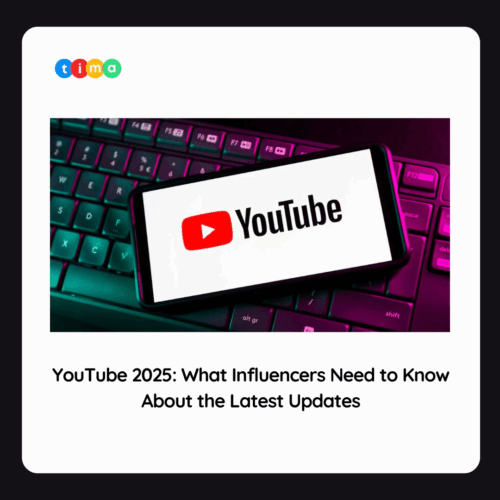Gone are the days when influencers could simply cast a wide net and hope to catch the attention of a diverse range of followers. In this highly competitive realm, the ability to connect with a specific target audience has become a game-changer. From micro-influencers with niche interests to macro-influencers with massive followings, precision in audience segmentation has become paramount for achieving sustainable success. Audience segmentation allows influencers to take a more granular approach, honing in on specific segments to create bespoke content strategies that strike a chord with their target followers. In this article, we will explore the significance of audience segmentation in influencer marketing and how it can elevate brand-influencer partnerships.

Understanding Audience Segmentation
Audience segmentation involves dividing a broad target audience into smaller, more homogenous groups. This can be done based on demographics, interests, behaviors, or other relevant characteristics. The process allows influencers to gain deeper insights into their followers’ preferences, needs, and motivations. By breaking down their audience into segments, influencers can create content that aligns more precisely with the desires and expectations of each group, resulting in more meaningful connections.
Why Audience Segmentation Matters
- Personalized Content: Audience segmentation enables influencers to create personalized and relevant content that resonates with specific groups of followers. By understanding their audience’s demographics, interests, and preferences, influencers can tailor their messages, topics, and delivery styles to provide a more meaningful and valuable experience.
- Enhanced Engagement: Segmenting the audience allows influencers to engage more effectively with their followers. By identifying the characteristics, behaviors, and motivations of different segments, influencers can adapt their communication strategies, interact directly with specific groups, and foster a sense of community, resulting in increased engagement, likes, comments, and shares.
- Niche Targeting: Influencers often have unique areas of expertise or interest. Audience segmentation allows them to identify and target niche audiences within their broader follower base. This approach enables influencers to establish themselves as authorities in specific niches, attract dedicated followers, and increase their overall influence within their chosen domain.

Strategies for audience segmentation
Embrace Analytics and Insights:
The first step for influencers to embark on audience segmentation is to dive into the treasure trove of analytics and insights provided by social media platforms. Utilize tools like Instagram Insights, YouTube Analytics, or TikTok Pro to gain a comprehensive understanding of your audience demographics, interests, and engagement patterns. Uncover valuable data such as age, gender, location, and even the specific content that resonates most with your followers. These insights will form the foundation for effective audience segmentation.
Identify Key Audience Segments:
Once armed with insights, influencers can begin identifying key audience segments within their follower base. Look for commonalities, such as shared interests, hobbies, or demographics. For example, you may discover that a significant portion of your audience consists of fitness enthusiasts, while another segment may be interested in beauty and skincare. By pinpointing these segments, you can create content tailored to each group’s specific preferences.
Engage in Active Listening:
Influencers should actively listen to their followers through comments, direct messages, and even surveys or polls. Encourage your audience to share their thoughts, feedback, and suggestions. Pay attention to the topics they discuss, the questions they ask, and the challenges they face. This active listening approach provides invaluable insights into the desires and pain points of different segments within your audience. This in turn enables you to fine-tune your content and messaging accordingly.
Craft Segmented Content Strategies:
Armed with audience insights and segmentation, influencers can craft content strategies that cater to the specific interests of each segment. Tailor your content themes, formats, and styles to resonate with the preferences of each segment. For example, if one segment is passionate about sustainable living, create content that highlights eco-friendly products, tips for reducing carbon footprint, or interviews with environmental experts.
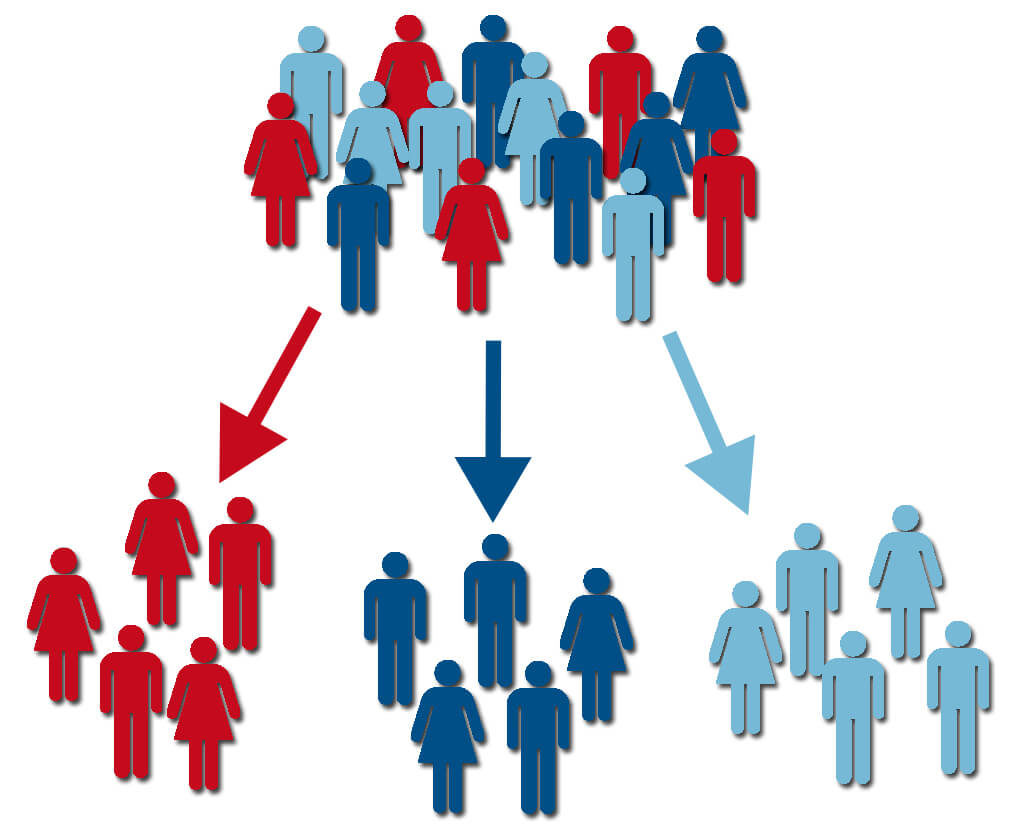
Collaborate with Niche Influencers:
Influencer collaborations can be a powerful way to tap into new audience segments. Identify niche influencers whose content and audience align with specific segments of your own following. Collaborate on joint projects, cross-promote each other’s content, or engage in shout-outs to introduce your audience to relevant influencers in their areas of interest. These partnerships allow for mutual audience expansion and provide an opportunity to engage with fresh segments that may have been previously untapped.
Continuously Evaluate and Refine:
Audience segmentation is not a one-time exercise but an ongoing process. Regularly evaluate the performance of your segmented content and analyze engagement metrics. Pay attention to what works and what doesn’t for each segment, and adapt your strategies accordingly. Stay attuned to evolving trends, preferences, and shifts within your audience to ensure your content remains relevant and resonant.
Conclusion:
Audience segmentation is an essential skill for influencers looking to make a lasting impact in the world of influencer marketing. By harnessing the power of analytics, actively listening to their audience, and crafting segmented content strategies, influencers can cultivate deeper connections, drive higher engagement rates, and unlock new opportunities for growth. Embracing audience segmentation allows influencers to deliver tailored


